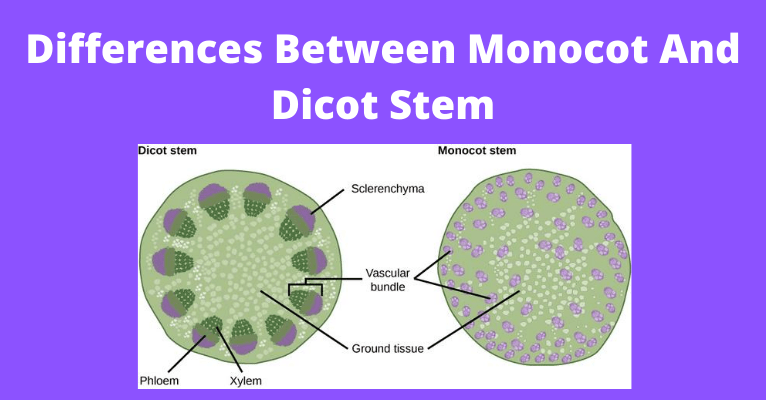Most people understand that a seed is where new plants come from. You plant it in the ground, give it some TLC, and watch it grow. However, a seed is much more than that. In fact if you think of it, our survival actually depends on them. We use them for food, in forms of grains, nuts, and flour. Likewise many types of animals depend on them for their nourishment. They are what sustain plant life on earth, and without plants we would all eventually die.
Seeds are produced by almost all types of flowering plants; exceptions would be plants like ferns and mosses which produce spores. Traditionally you think of a flower as scented and full of colorful petals. However, flowers are also found as structures like grass heads (inflorescence) and pine cones. Simply put a seed is a live embryo of a plant. Everything that plant needs to start growing is contained in it, much like a bird egg. For most of the plants you will be dealing with, their seeds can be classified into two main groupings; monocots and dicots.

Dicots (di meaning two) have two cotyledons when they emerge, and serve as a way for the plant to start forming leaves and carry on photosynthesis. After a while the first set of true leaves emerge. A classic example of a dicot would be a bean seed. Monocots (mon meaning one) only has one cotyledon and will emerge as a single initial shoot. A perfect example of a monocot would be a corn plant as well as most grass type plants. The outer layer of the seed is called the pericarp. This layer serves as protection for the embryo and in some cases prevents germination until certain environmental conditions occur. This type of period is called dormancy.
Dormancy can exist as several different forms. Most cultivated garden plants will germinate without any problems. This is due to hundreds of years of selection by our ancestors and plant breeders. However, certain plants respond well to certain treatments which can induce germination.
Dormancy types include:
Physical dormancy – This is a hard seed coat around the seed that prevents water from entering. This will inhibit germination until certain environmental conditions are right.
Drying – Some species of plants require that the seeds be dried. The seeds need to have lower moisture content before the seed can actually germinate. This type of dormancy commonly affects many different types of plant species.
Photodormancy – This type of dormancy often affects seeds that have a thin seed coat. They will not germinate until they have been exposed to some amount of light. This can also serve as a way that the seeds will not germinate if they happen to get planted to deep.
Thermodormancy – Prevents seeds from germinating if temperature conditions are either to warm or to cool.
I hope this helps you to better understand the way a seed functions and why it may be difficult to get some seeds to start growing. Therefore, certain types of treatments may be necessary to successfully start these types of plants.
